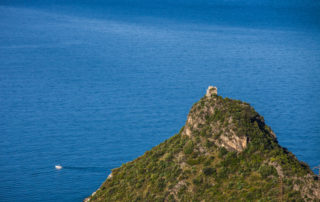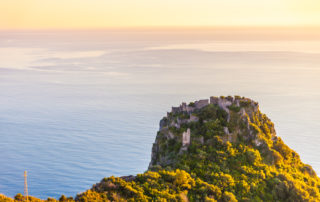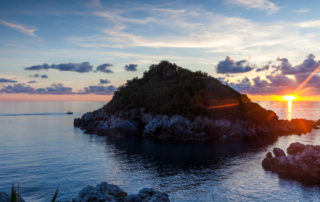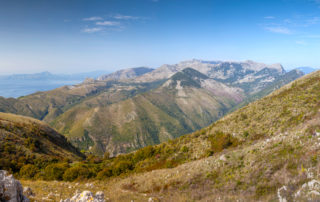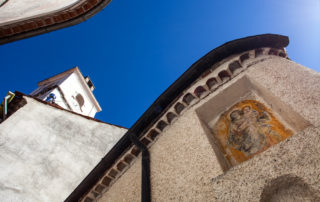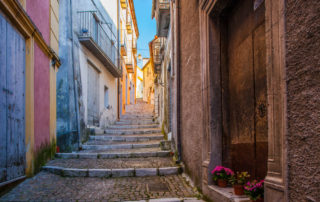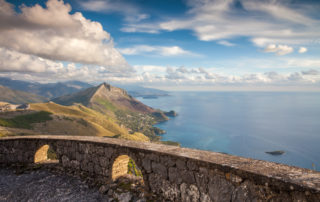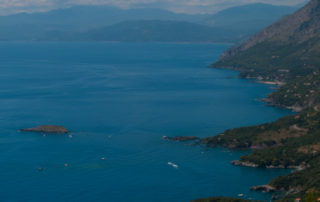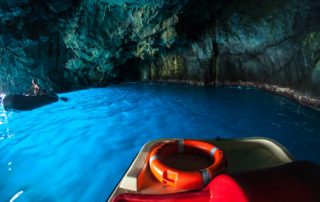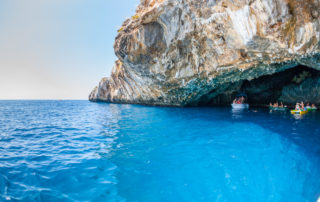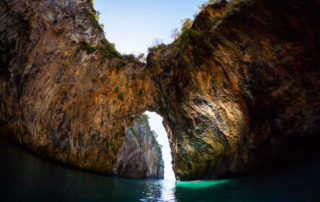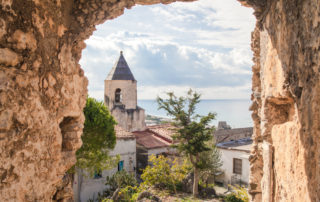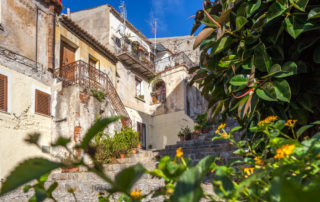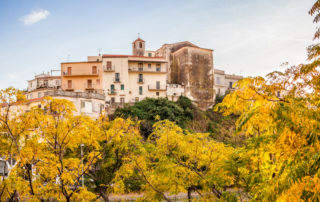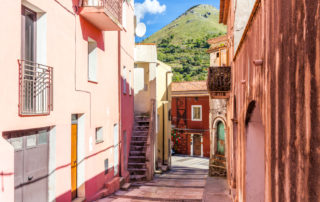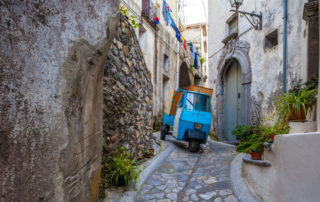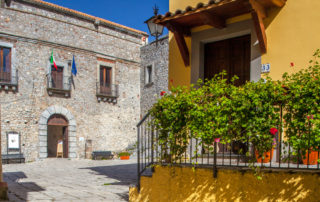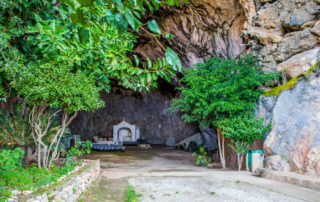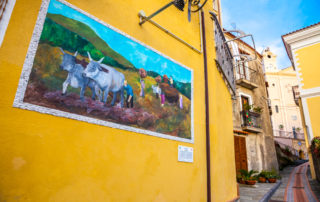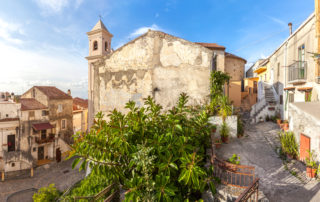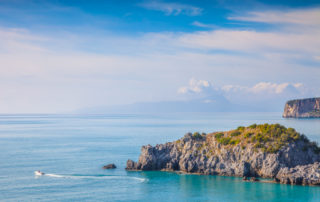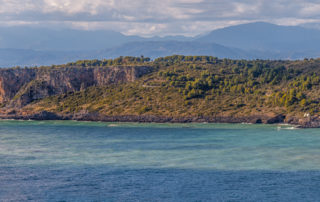In Basilicata
Maratea, the pearl of Tyrrhenian, is highly renewed for it’s astonishing beaches, which covers 30 km, from the Midnight Channel at the northern border with Campania, to the mouth of Noce river, in Castrocucco, at the southern border with Calabria.
La “Secca di Castrocucco”: a picturesque beach accessible on foot from a path along the cliff or by car from the municipal road (2km). The spot is dominated by “U tappu” a striking small island covered by Mediterranean vegetation, the area is a private property so there is no public beach, but there is a fully equipped beach kiosk, a bar, a bed and breakfast and a parking area.
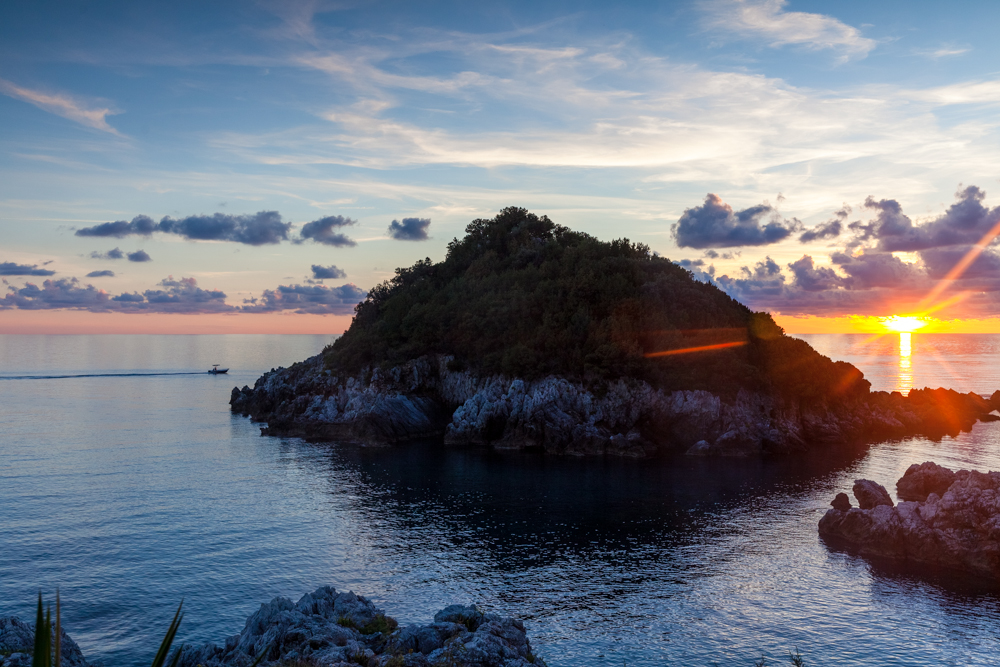
Cala Jannita, better known as Spiaggia Nera or black beach due to the special color of its sand of volcanic origins. On the southern part of the beach you’ll find the Sciabella’s cave.
La spiaggia di Vranne, located between the Port of Maratea and the village of Marina di Maratea is accessible only by sea. Thanks to its breathtaking scenario, it has been selected as the best beach in Italy in 2016 after a survey conducted by Legambiente among its supporters.
The town of Maratea is situated on a hilltop, thanks to its numerous churches and chapels Maratea is also known as the “town with 44 churches”. The historic centre of Maratea is built upon the slopes of Monte san Biagio. It’s worthwhile to visit the old town centre, with its beautiful lanes, small shops and cafes and enjoy the life of this charming Lucanian helmet on the Tyrrhenian Sea. Dominating everything is Christ the Redeemer, Il Redentore, a huge white statue which faces inland, with its arm outstretched that protects and blesses the town opposite the Basilica of San Biagio, the main church of the district. By the sea, there is the Porto basically a yatch harbor, full of shops, cafes and restaurant for the summer nightlife.
Pollino National Park (Parco del Pollino), is the largest protected area, which has been recently established in Italy. It involves the Southern Apennines in Calabria and Lucania comprised within the provinces of Cosenza, Matera and Potenza; its name derives from the Pollino Massif (highest peak 2267). The territory, large and unpolluted, preserves rare and exceptional endemic species, like the Bosnian Pine, the Golden Eagle and the Roe Deer. The park’s symbol is the Bosnian pine, which here has one of its last remaining growing areas in Italy.
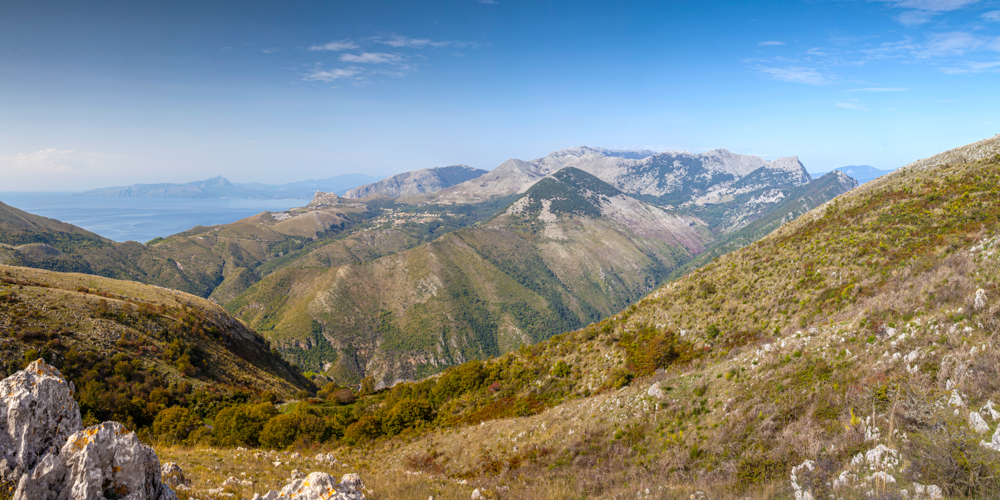
The inland area of Basilicata offers several other pretty villages, not far from Maratea, for example Rivello and Trecchina, easy accessible by car and worthwhile for an excursion of few hours.
In Calabria
The beauty of Riviera dei Cedri (the Riviera of Cedars): it is a eighty kilometers territory that extends from the town of Tortora (the first town of Calabria on the norther border on the TyrrhenianSea) to Paola, including several mountainous areas near the cost, on the slopes od Orsomarso Mountains and Pollino National Park.
Its name derives from the cultivation of the cedar, a fruit of ancient origins which has found in this particular area of Calabria its natural habitat thanks to its mild and temperate climate, it is barely windy and not subject to sudden temperature changes. The territory of the Riviera comprises 22 municipalities, fifteen on the cost: Tortora, Praia a mare, San Nicola Arcella, Scalea, Santa Maria del Cedro, Grisolia, Diamante, Belvedere Marittimo, Sangineto, Bonifati, Cetraro, Acquappesa, Guardia Piemontese, Fuscaldo e Paola. The municipalities in the mountain area are: Aieta, Santa Domenica Talao, Papasidero, Orsomarso, Verbicaro, Maierà e Buonvicino.
Isola di Dino: Dino, is the larger of the two small Calabrian islands in the Tyrrhenian Sea. The island is located in front of Praia a Mare, more precisely in front of Cape Arena, in the Southern part of the town. The island covers an area of 50 hectares and has a maximum altitude of 100 meters. Water erosion has given rise to many caves, the most famous are: Grotta Azzurra (Blue cave) and Grotta del Leone (Lion cave). It is easier to reach Praia a Mare and than by boat, by paddleboat or by canoe reach the island.
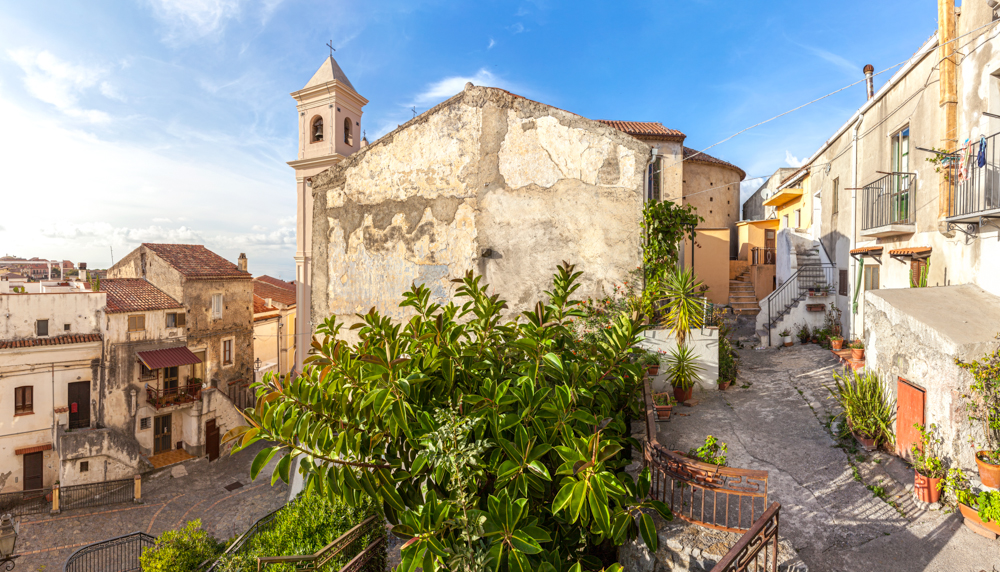
Arco Magno: this evocative spot is located North of San Nicola Arcella and South of Praia a Mare, it is one of the wonder of Tyrrhenian cost, the natural arch carved in the rock by sea erosion hides a small gravel beach. The beach is accessible by small boat, canoe and paddleboat or on foot through paths cut into the rock.
San Nicola Arcella: it is worth visit this enchanting hamlet, located in a promontory overlooking the sea, after a day spent in its beautiful beaches; admire the historical and architectural heritage, stroll through the lanes of the old town, discover the most suggestive views, taste the good food in the numerous restaurants and cafes and enjoy the local life.
Aieta: old and quite village located 525 meters above sea level in the heart of Pollino National Park, surrounded by the mountains.

